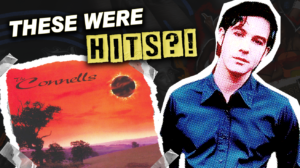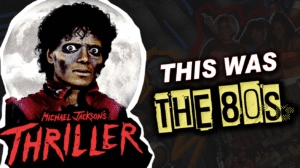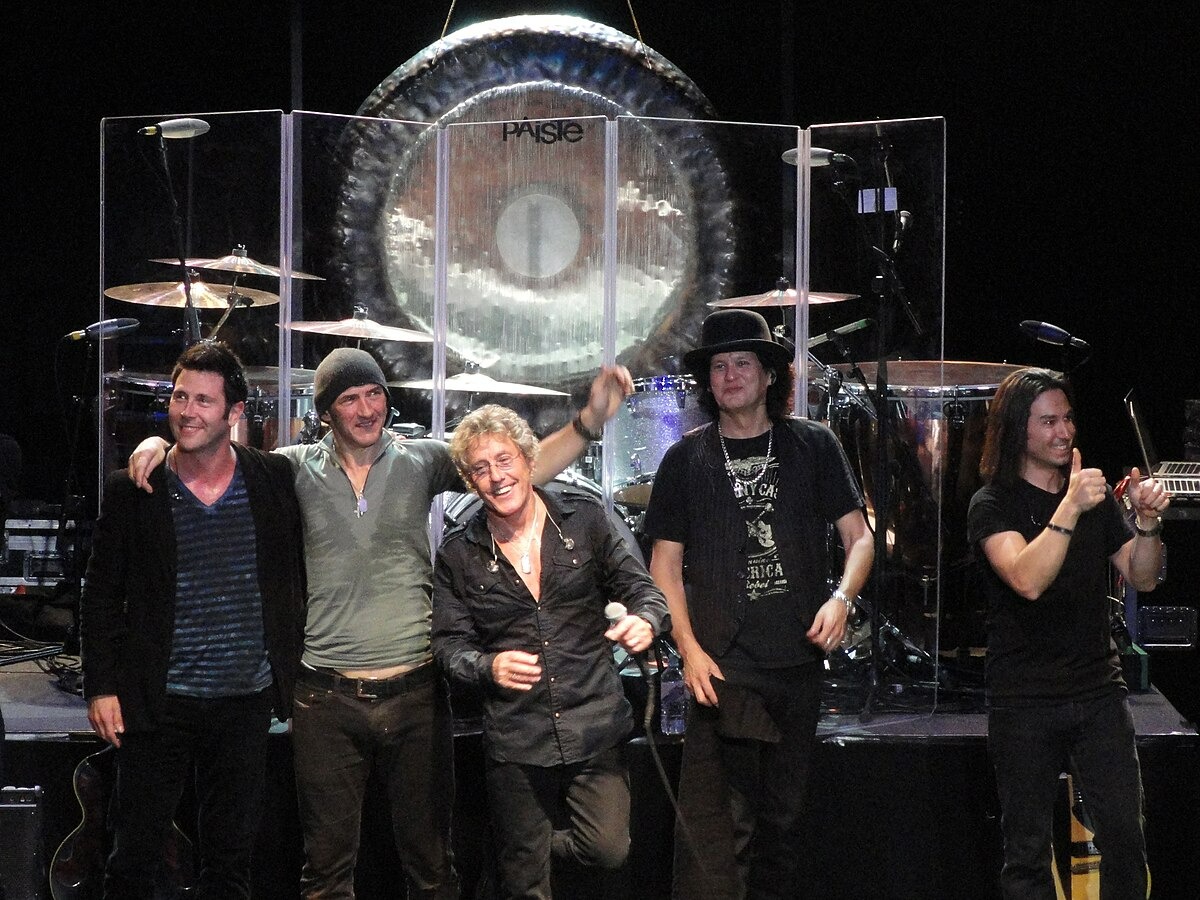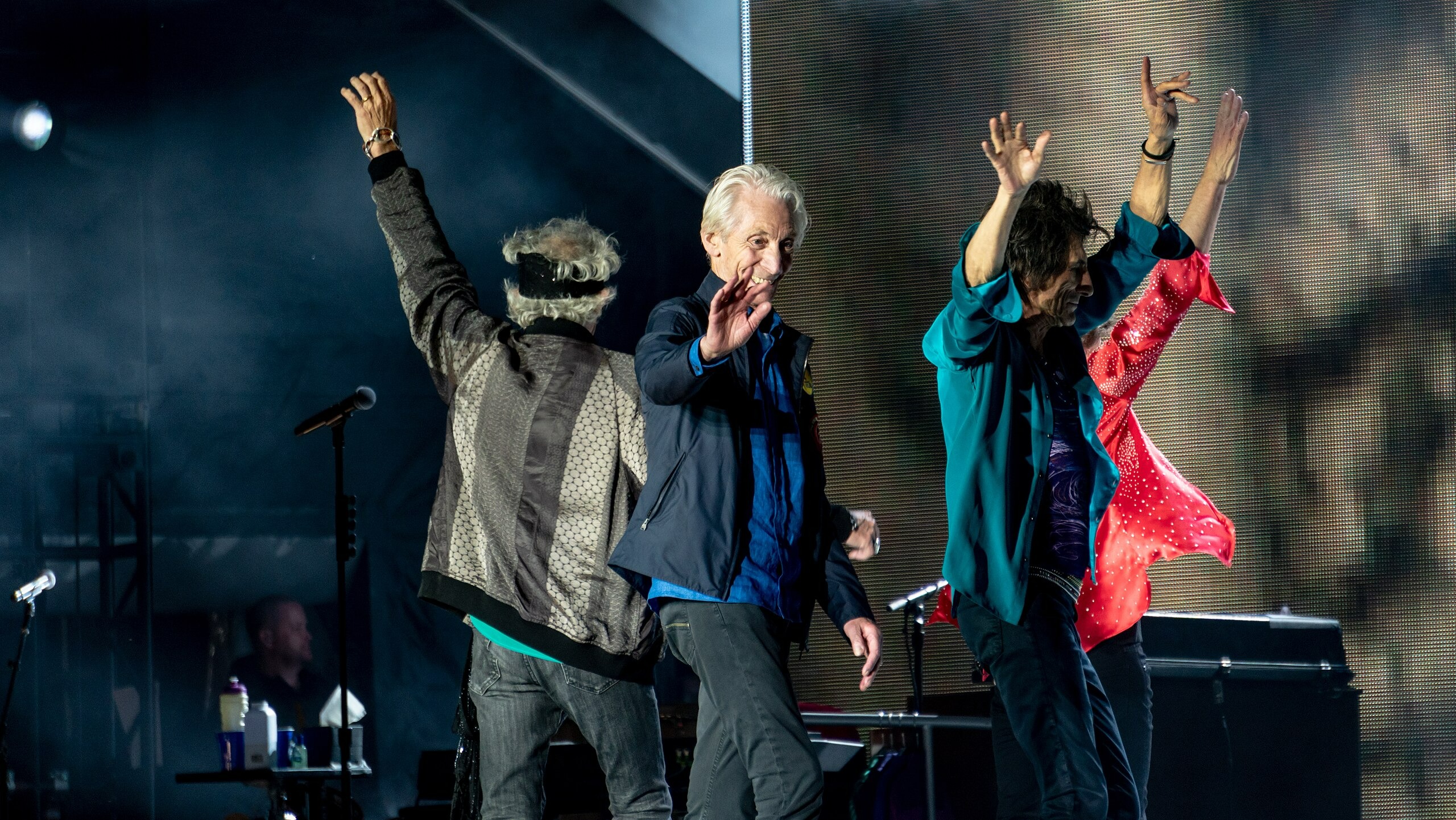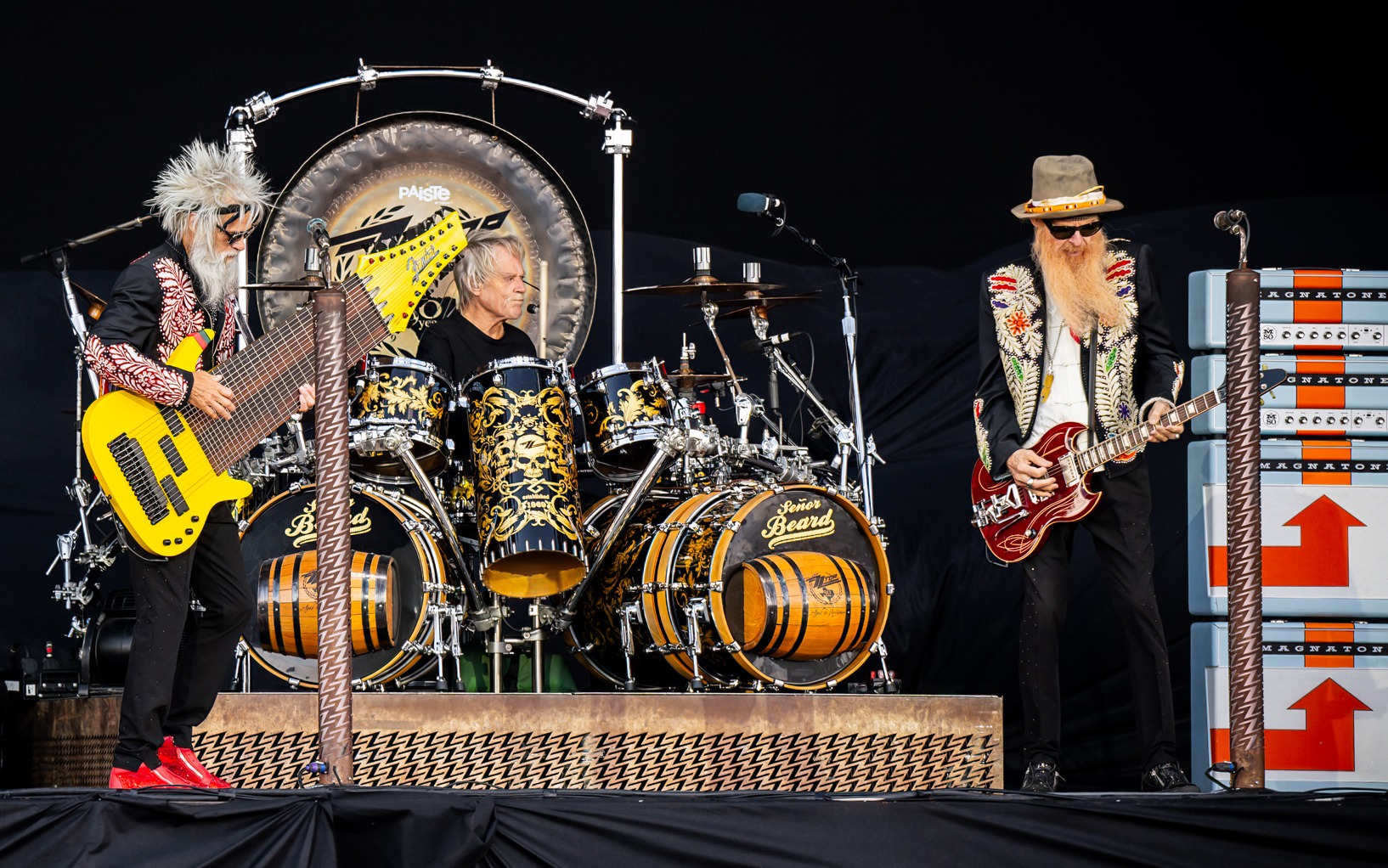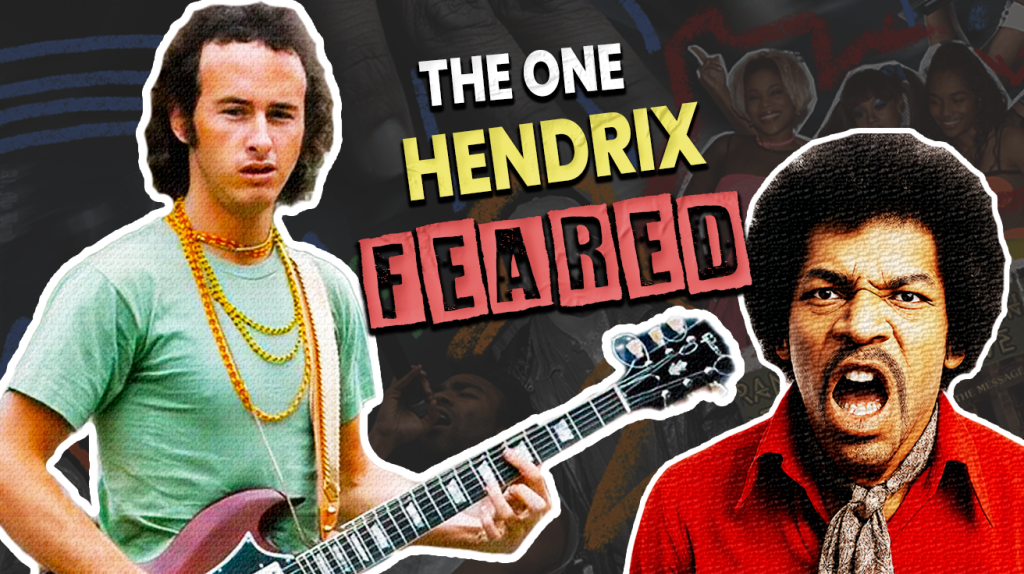
Rock history loves its household names, but the real story lives in the margins. While everyone debates whether Hendrix or Page deserves the crown, entire movements were sparked by players who never got their faces on magazine covers. These guitarists didn’t just master their instruments—they reimagined what guitars could do, often years before the “legends” caught up.
9. Rory Gallagher (Taste)
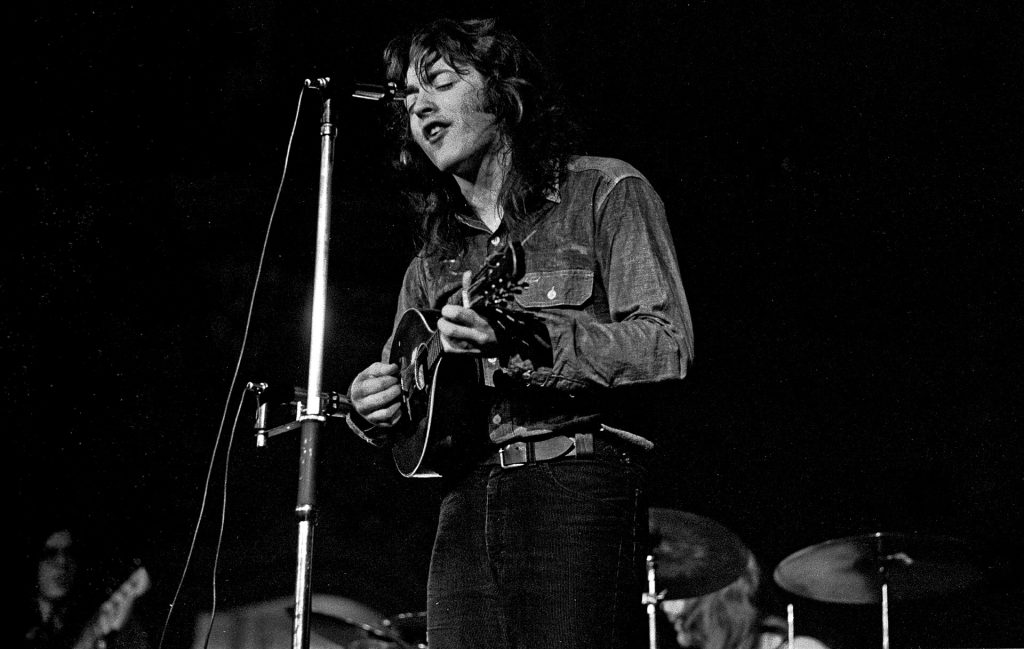
When Eric Clapton publicly praised an up-and-coming guitarist and John Lennon called them the future of blues rock, you’d expect that player to become a household name. Instead, Rory Gallagher remained music’s best-kept secret, despite pioneering a raw, honest approach that influenced everyone who heard it. Formed in Cork in August 1966, Taste blazed through the European circuit with Gallagher’s warm, biting Stratocaster tone—no effects, no pyrotechnics, just pure emotional honesty.
Taste supported Cream at their farewell Royal Albert Hall concerts and commanded the Isle of Wight Festival stage alongside Hendrix and The Who in 1970. Film director Murray Lerner was so impressed by their audience connection that he extended their filming beyond the original plan. The band’s two albums, Taste (1969) and On the Boards (1970), showcased Gallagher’s songwriting range and even featured him on saxophone, blending blues with unexpected jazz elements.
Internal tensions dissolved Taste in 1970, launching Gallagher’s solo career, but their brief existence established a template for authentic blues rock that countless musicians still follow. Tribute acts continue touring today, keeping alive the memory of a band that proved substance could outshine spectacle.
8. Link Wray
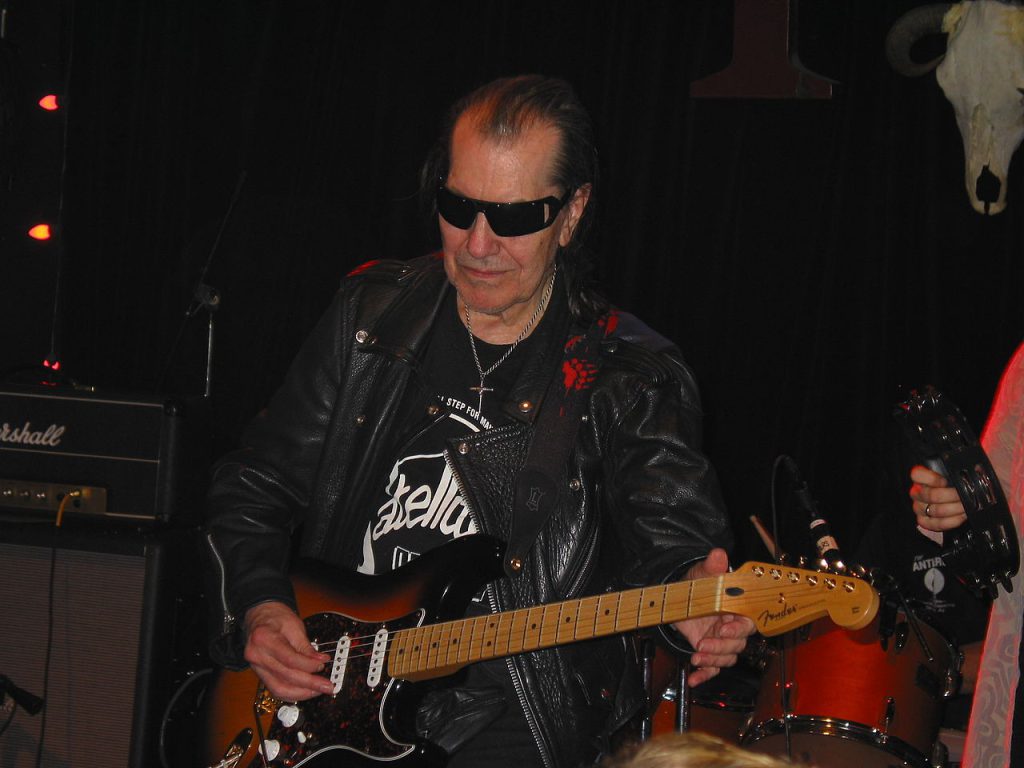
Before power chords had a name, Link Wray was wielding them like sonic weapons. His 1958 instrumental “Rumble” was so menacing that several radio stations banned it—not for lyrics, but for the sheer aggression of his guitar sound. Wray achieved his revolutionary tone by puncturing his amplifier speaker with a pencil, creating the fuzzy distortion that would define rock music decades later.
Musicians from Pete Townshend to Neil Young cite Wray as a primary influence, yet his name rarely surfaces in guitar hero conversations. He essentially invented the power chord riff that became heavy metal’s DNA, proving that sometimes the most important innovations come from happy accidents and desperate creativity.
7. Sister Rosetta Tharpe
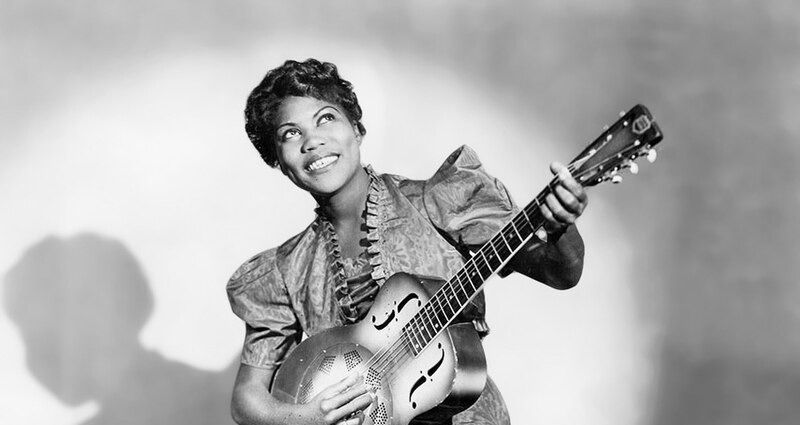
Sister Rosetta Tharpe was plugging in and cranking up her guitar in the 1930s, decades before anyone coined the term “rock and roll.” Her gospel-meets-blues style influenced everyone from Chuck Berry to Elvis, yet she’s often reduced to a footnote in rock history. Tharpe’s 1944 recording of “Strange Things Happening Every Day” is arguably the first rock and roll record ever made.
Her technique combined intricate fingerpicking with aggressive strumming, creating a dynamic range that wouldn’t be matched until the British Invasion. Male rock pioneers openly acknowledged her influence, but the music industry’s tendency to erase women from history left her contributions largely unrecognized until recent years.
6. Bert Jansch

While Led Zeppelin was conquering arenas, Bert Jansch was quietly revolutionizing acoustic guitar in British folk clubs. His intricate fingerpicking style and unconventional tunings influenced everyone from Paul Simon to Johnny Marr, but he remained a folk circuit legend rather than a mainstream star. Jimmy Page lifted Jansch’s arrangement of “Black Mountain Side” almost note-for-note for Led Zeppelin I, yet Jansch never received proper credit.
The Scottish guitarist’s 1965 self-titled debut album redefined what acoustic guitar could accomplish, layering melodies and bass lines with a complexity that seemed physically impossible. His influence spread through the British folk revival and into progressive rock, proving that volume isn’t everything when it comes to innovation.
5. Joni Mitchell
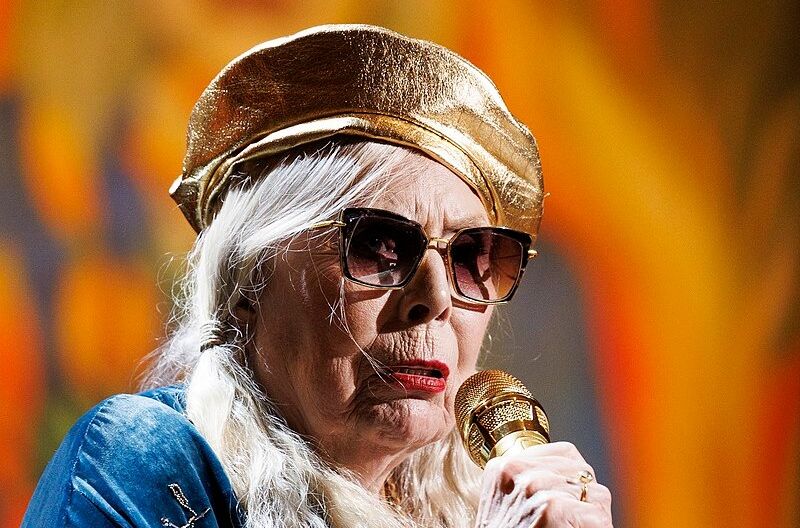
Before Joni Mitchell, alternate tunings were largely relegated to folk purists and classical musicians. She transformed them into pop music tools, creating chord voicings that sounded impossible on standard tuning. Songs like “Big Yellow Taxi” and “Both Sides Now” showcase her ability to make complex harmony sound effortless.
Her influence extends far beyond the singer-songwriter category—everyone from Prince to Radiohead has borrowed her harmonic innovations. Mitchell proved that guitar mastery isn’t always about speed or volume; sometimes it’s about finding new ways to make familiar instruments sound completely fresh.
4. Robbie Krieger
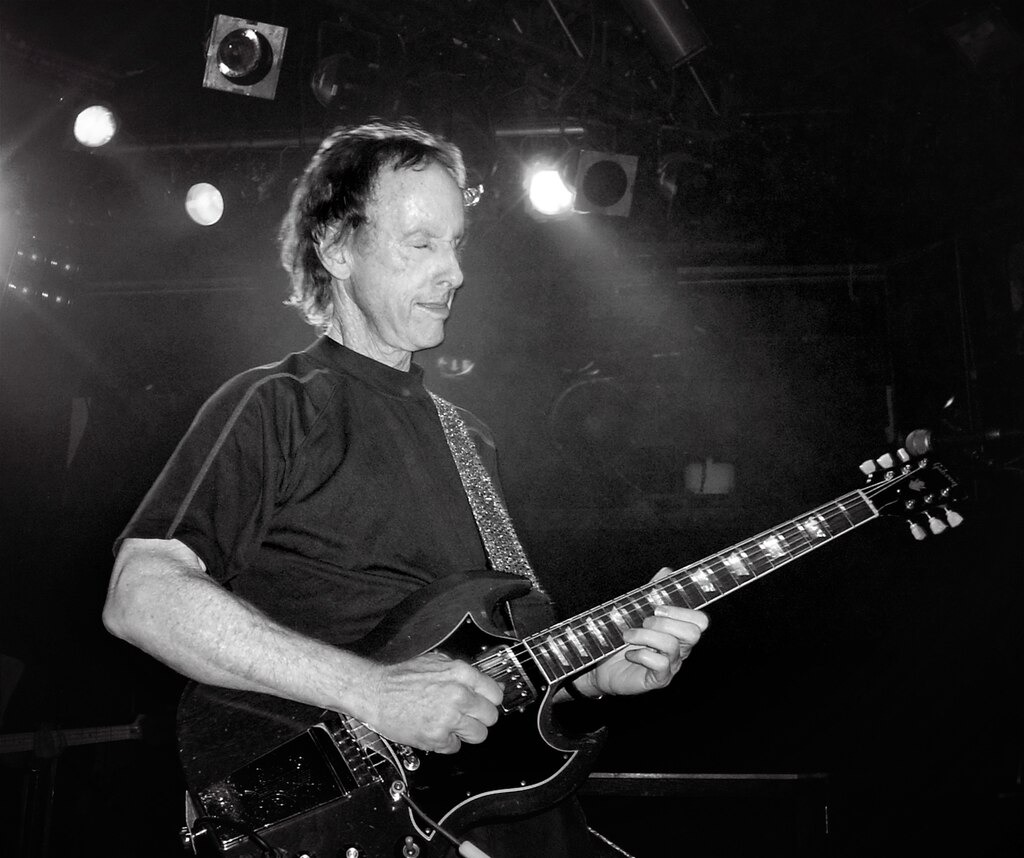
While Jim Morrison grabbed headlines and Ray Manzarek’s keyboards defined The Doors’ sound, Robbie Krieger quietly provided the band’s most innovative element. His flamenco and jazz background created a guitar style unlike anything in rock music. Tracks like “Light My Fire” and “Love Me Two Times” showcase his ability to blend blues, jazz, and Spanish classical music into something entirely new.
Krieger’s solos were more architectural than athletic—carefully constructed statements rather than displays of speed. His approach influenced the entire psychedelic movement, proving that rock guitar could be cerebral without losing its emotional impact.
3. Robert Fripp

King Crimson’s Robert Fripp approached guitar like a scientist, developing techniques that seemed to violate the laws of physics. His “Frippertronics” system created soundscapes that were decades ahead of their time, influencing ambient music and electronic genres that didn’t even exist yet. Fripp’s precision and intellectual approach to the instrument challenged every assumption about rock guitar.
His influence spread through progressive rock and into experimental music, inspiring musicians to think of guitars as tools for creating atmosphere rather than just playing songs. Fripp proved that technical innovation could coexist with artistic vision, even if it meant sacrificing mainstream appeal.
2. Michael Bloomfield
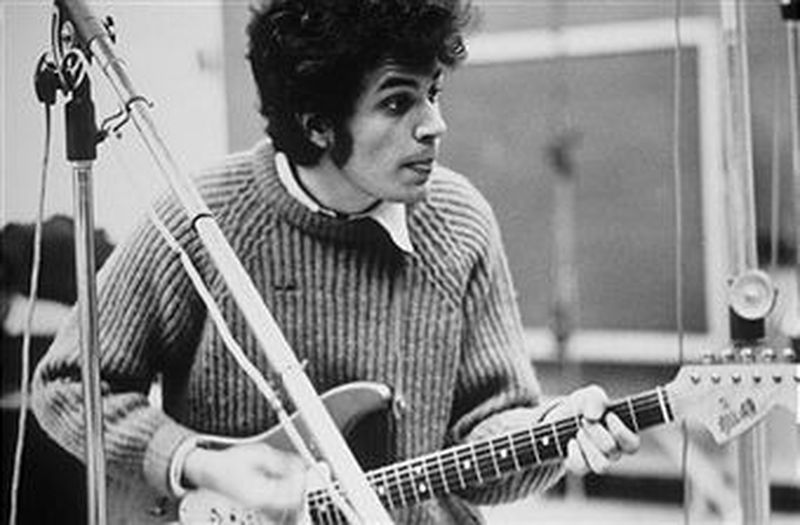
Michael Bloomfield was already a legend in Chicago blues circles before he joined the Paul Butterfield Blues Band and later formed Electric Flag. His appearance at the 1965 Newport Folk Festival, backing Bob Dylan’s controversial electric performance, marked a pivotal moment in music history. Bloomfield’s encyclopedic knowledge of blues styles and his ability to translate them for rock audiences made him a bridge between generations.
His influence on guitarists like Carlos Santana and Mike Bloomfield was profound, yet personal struggles kept him from achieving lasting commercial success. Bloomfield’s story illustrates how musical genius doesn’t always translate to career longevity, especially when battling the demons that often accompany artistic sensitivity.
1. Alvin Lee
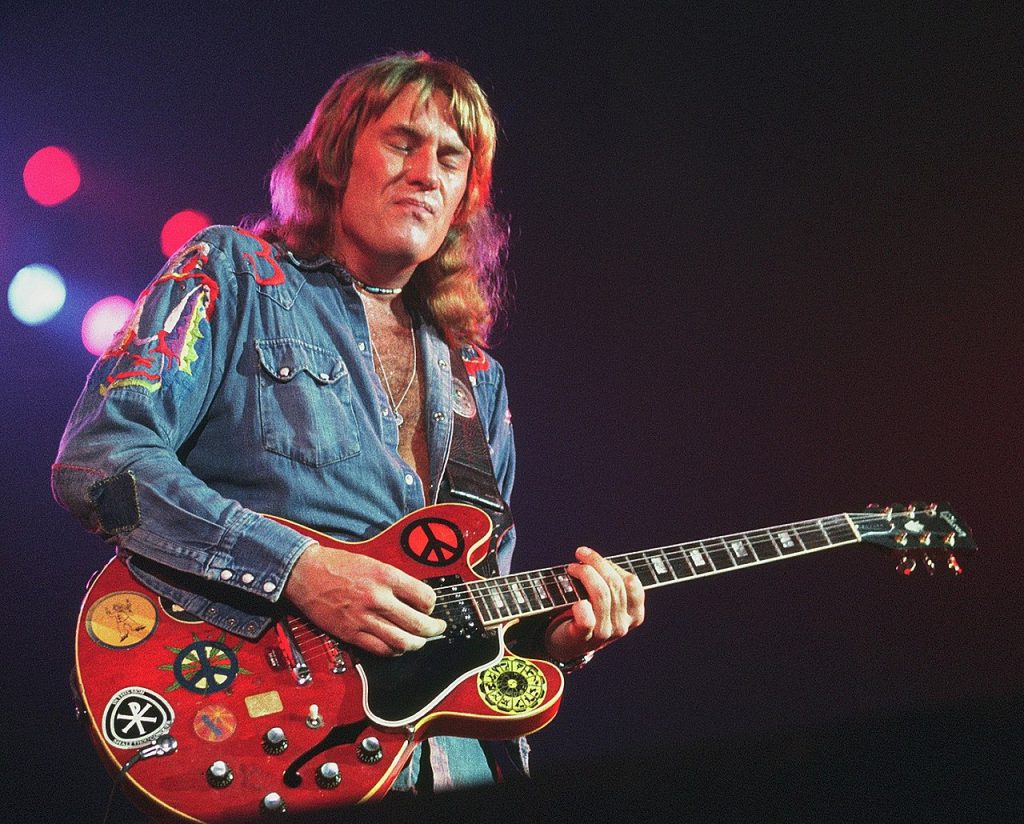
Alvin Lee’s performance of “I’m Going Home” at Woodstock was a masterclass in controlled chaos—ten minutes of blistering guitar work that had the entire festival on its feet. His speed was legendary, but unlike many shredders, Lee never sacrificed melody for technique. Ten Years After’s boogie-rock style influenced everyone from ZZ Top to Lynyrd Skynyrd.
Lee’s aggressive vibrato and lightning-fast runs created a template for hard rock guitar that’s still being copied today. His Woodstock performance should have made him a household name, but Ten Years After never quite captured that magic in the studio, leaving Lee as one of history’s greatest live players who never got his due recognition.




